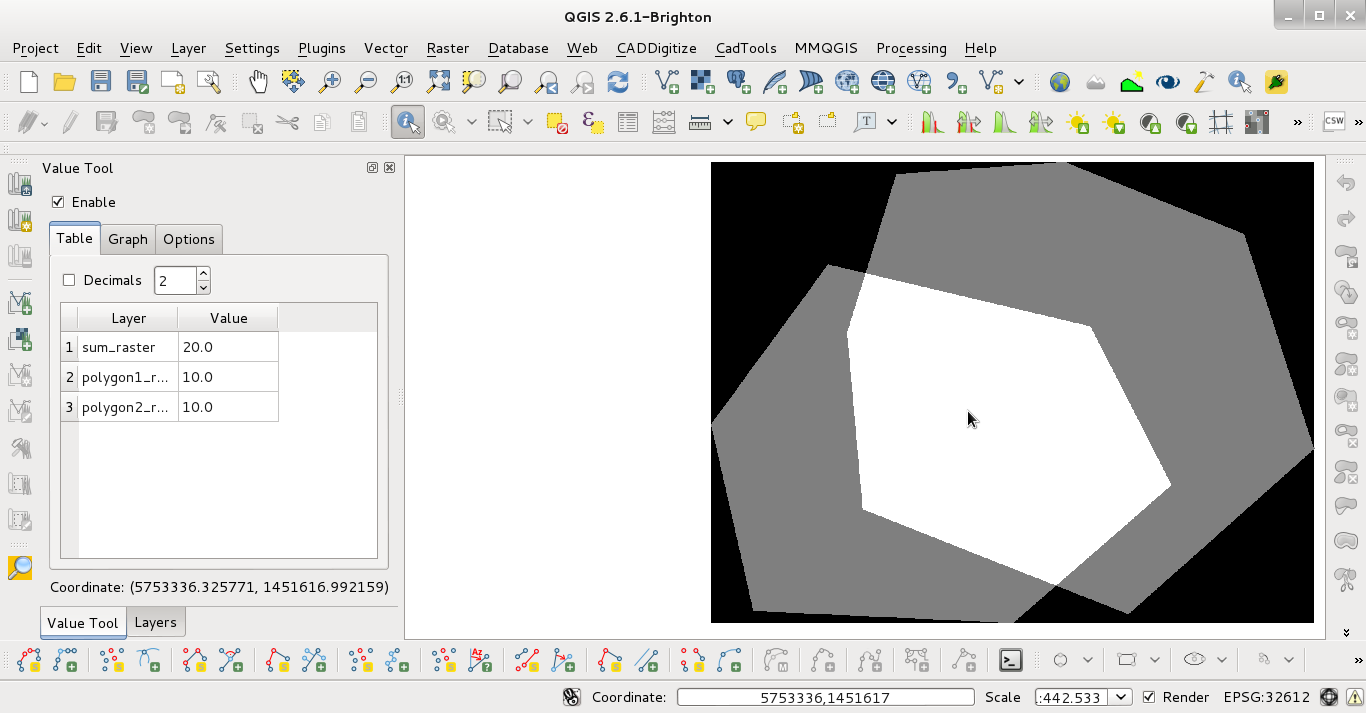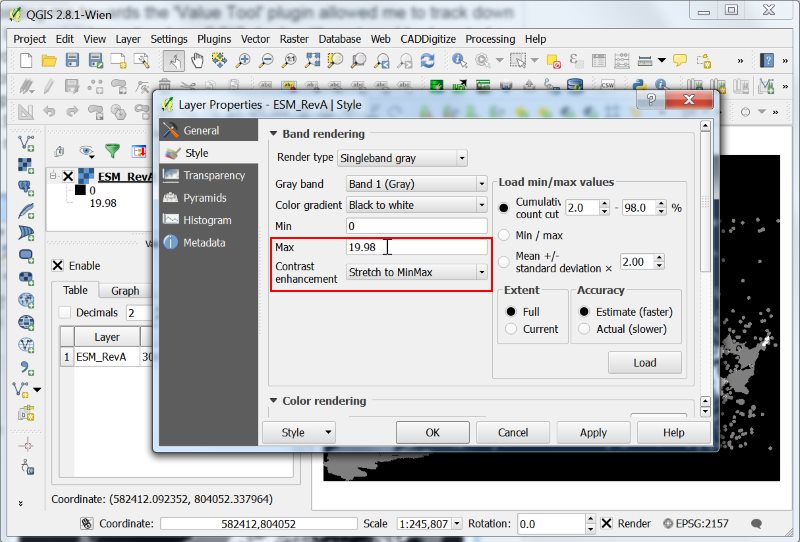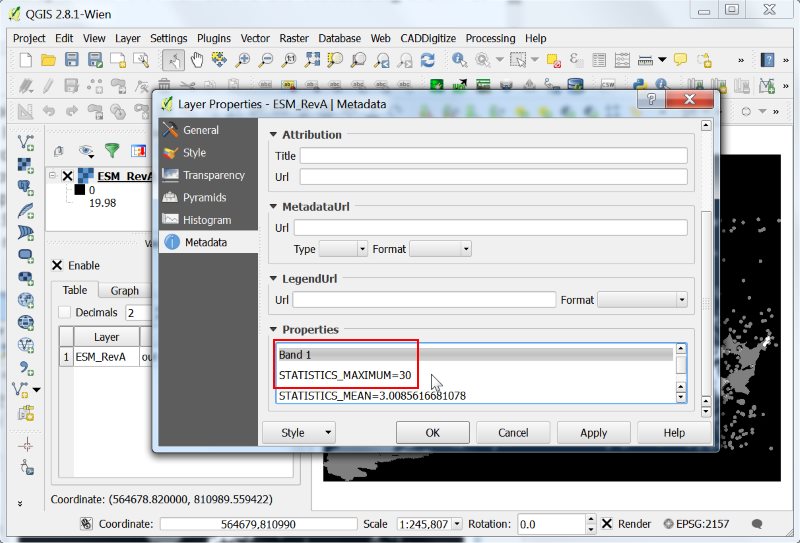I am using QGIS 2.6 on Windows 7.
I have generated two rasters from vector layers. They cover the same extent and have the same projection (Irish Transverse Mercator) and cell size (5m x 5m). I have 'reclassified grid values' to ensure that both rasters now have values of only 0 or 10. I have been attempting to add the rasters together in the raster calculator ("NPWS@1"+"CH_Extract@1") and I am expecting to see values of 0, 10 or 20 (where there is overlap between the two original vector datasets). Instead I get an output layer with values of 0 or 9.989990. I have tried every permutation I can think of to fix this and am having no joy.










